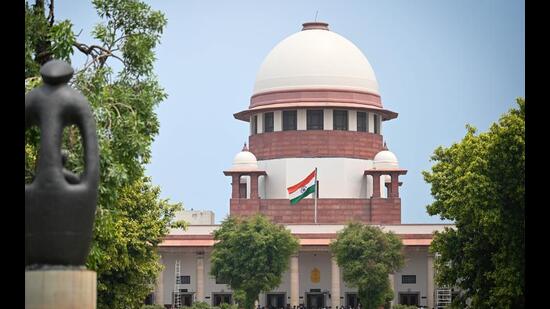On April 1, 2025, the Supreme Court of India rejected a petition challenging the permission granted by the Allahabad High Court to the Archaeological Survey of India (ASI) for the whitewashing of the Jama Masjid in Sambhal, Uttar Pradesh. The High Court’s order also allowed the installation of decorative lighting around the mosque, provided no alterations were made to its structure.
The Supreme Court bench, led by Chief Justice Sanjiv Khanna and Justice Sanjay Kumar, declined to intervene, noting that the High Court had already thoroughly examined the matter and found no grounds for prejudice. “We are not going to entertain this,” the bench stated, emphasizing that such matters did not require their interference.
The petition was filed by Satish Kumar Aggarwal, who argued that the whitewashing could change the mosque’s historical character, particularly as the structure is at the center of a longstanding dispute. His lawyer contended that the High Court’s order violated a Supreme Court directive issued in December 2024, which restrained lower courts from making decisions on cases involving the religious character of structures. However, the Supreme Court dismissed the plea, underscoring that the High Court had already considered all facts.
This dispute traces back to claims that the Mughal-era Jama Masjid was constructed after demolishing the historic Harihar Temple. Tensions escalated during a survey ordered by the trial court on November 24, 2024, leading to violent clashes that resulted in four fatalities.




